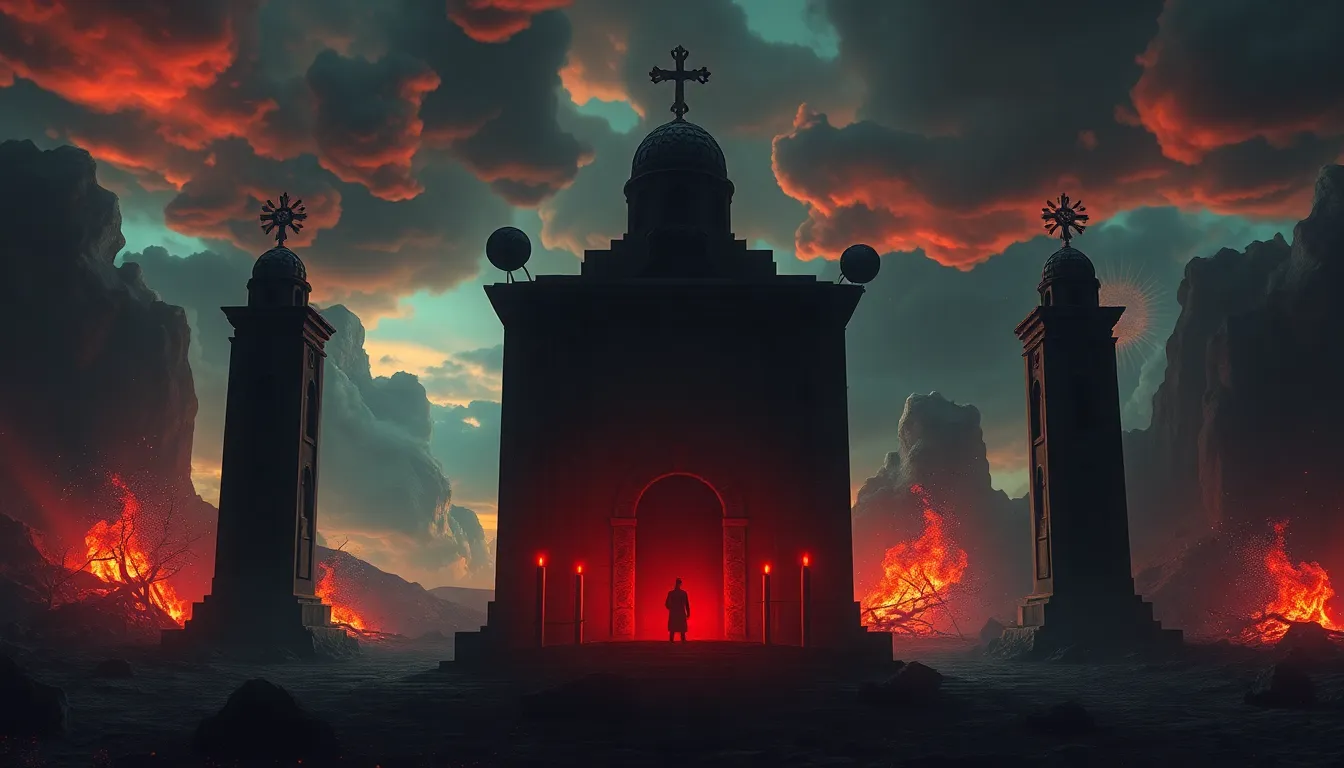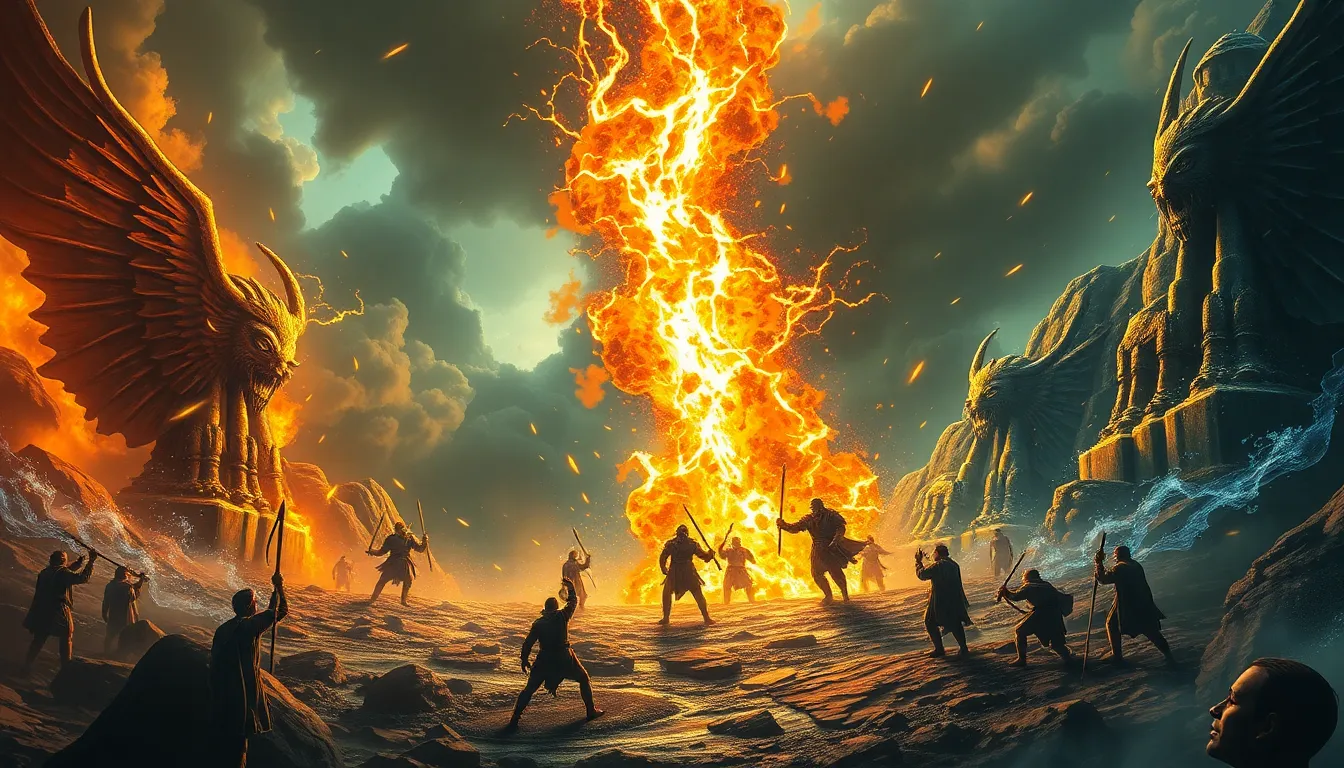Doomsday Cults: The Myths That Fueled Their Beliefs
Introduction to Doomsday Cults
Doomsday cults represent a fascinating and often alarming phenomenon within the spectrum of religious and social movements. These groups are characterized by their belief in an imminent apocalypse or cataclysmic event that will fundamentally alter or destroy the world as we know it. Such beliefs are not merely fringe ideas; they have historical roots and social relevance that warrant examination.
Understanding doomsday cults requires delving into their myths, narratives, and the psychological and societal factors that give rise to such beliefs. By exploring these elements, we can better comprehend the allure of apocalyptic ideologies and their impact on individuals and communities.
The Psychological Appeal of Doomsday Narratives
The allure of doomsday narratives can often be traced back to deep-seated psychological factors. Individuals are drawn to these movements for various reasons, including:
- Fear and Uncertainty: In times of societal instability, people often seek explanations for their anxieties. Doomsday cults provide a simplistic understanding of complex issues, channeling fears into a coherent narrative.
- A Sense of Purpose: The belief in an impending apocalypse can offer adherents a clear mission. They may feel they are part of a larger cosmic struggle, which can be empowering.
- Community and Belonging: Joining a doomsday cult can foster a strong sense of identity and belonging among like-minded individuals, particularly for those who feel isolated in mainstream society.
Historical Case Studies of Notable Doomsday Cults
Throughout history, several doomsday cults have captured public attention and sparked intrigue. Notable examples include:
- Heaven’s Gate: This cult believed in extraterrestrial salvation and prepared for their ascension to a higher existence through a collective suicide in 1997.
- Jonestown: Led by Jim Jones, this cult culminated in a mass suicide in 1978, driven by a belief in an impending apocalypse and a desire to escape societal oppression.
- Aum Shinrikyo: This Japanese cult combined elements of Buddhism and apocalyptic Christianity, leading to the Tokyo subway sarin gas attack in 1995, spurred by their belief in an impending Armageddon.
These groups illustrate how apocalyptic beliefs can lead to tragic outcomes, significantly impacting both their followers and society at large.
Myth vs. Reality: The Origins of Doomsday Beliefs
The origins of doomsday beliefs can often be traced back to religious texts, prophecies, and historical events. Many cults reinterpret ancient scriptures to fit their narrative, which can lead to the emergence of new mythologies. Key factors include:
- Religious Texts: Many cults draw from the Book of Revelation or other apocalyptic literature, reinterpreting these texts to validate their beliefs.
- Modern Contextualization: Ancient prophecies are often recontextualized in light of contemporary events, creating a narrative that resonates with current societal fears.
- Cultural Influences: Sociopolitical climates can influence doomsday beliefs, as groups may emerge in reaction to perceived threats from technology, globalization, or political instability.
Media Influence on Doomsday Cults
The media plays a crucial role in shaping perceptions of doomsday cults and their narratives. From sensationalistic news coverage to documentary films, the portrayal of these groups can influence public understanding. Key aspects include:
- Propagating Myths: Media often sensationalizes cult activities, which can amplify the fear and mystique surrounding these groups.
- Case Studies: High-profile events, such as the Waco siege or the Jonestown massacre, receive extensive media coverage, shaping societal perceptions of cults.
- Social Media Dynamics: The rise of social media has allowed doomsday ideologies to spread rapidly, creating echo chambers that reinforce apocalyptic beliefs.
The Role of Charismatic Leaders in Cult Mythology
Charismatic leaders are often central to the formation and perpetuation of doomsday cults. These individuals typically possess unique characteristics that enable them to manipulate beliefs and narratives:
- Charisma and Persuasiveness: Cult leaders often have a magnetic presence that draws followers in, making their apocalyptic visions seem credible.
- Myth Manipulation: Leaders craft and reshape myths, using them to justify their authority and the cult’s actions.
- Psychological Control: The dynamic between leaders and followers often involves manipulation, where leaders exploit followers’ fears and desires.
Doomsday Cults and the Science of Prophecy
Many doomsday predictions have failed, yet followers often cling to their beliefs. This phenomenon can be understood through psychological concepts such as:
- Cognitive Dissonance: When faced with contradictory evidence, followers may rationalize their beliefs to reduce psychological discomfort.
- Belief Persistence: Even after failed predictions, the desire to maintain a belief system can lead to further entrenchment in apocalyptic ideologies.
- Scientific Rationality vs. Apocalyptic Thinking: The clash between empirical evidence and deeply held beliefs creates tension, often leading to a rejection of scientific reasoning.
Societal Reactions to Doomsday Cults
The presence of doomsday cults often elicits a range of societal reactions, including:
- Public Perception: Many view cults with suspicion and fear, often leading to stigma against members.
- Legal Challenges: Cult activities can raise ethical and legal concerns, particularly when they lead to violence or exploitation.
- Community Impact: The actions of doomsday cults can create a ripple effect, affecting community safety and well-being.
The Future of Doomsday Cults in a Changing World
As society evolves, so too do the narratives and beliefs surrounding doomsday cults. Factors influencing their future may include:
- Technological Advances: The rapid pace of change may fuel new apocalyptic narratives, as individuals grapple with the implications of emerging technologies.
- Global Crises: Environmental, political, and social crises may perpetuate fears, leading to the resurgence of doomsday beliefs.
- Increased Connectivity: The internet and social media may facilitate the spread of apocalyptic ideologies, allowing like-minded individuals to connect across geographical boundaries.
In summary, the myths that fuel doomsday cults are complex and multifaceted, rooted in psychological, cultural, and historical contexts. Understanding these elements is essential to addressing the societal implications of such beliefs and fostering a more informed public discourse.



